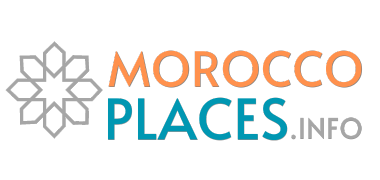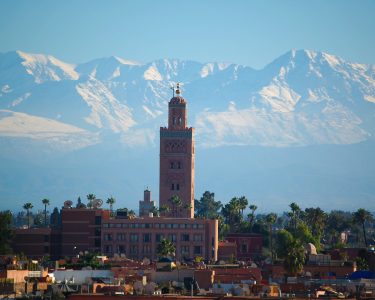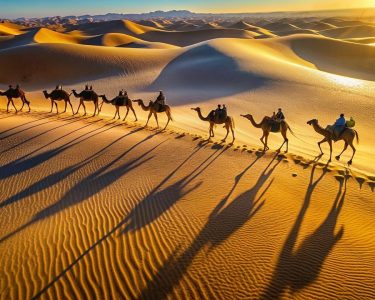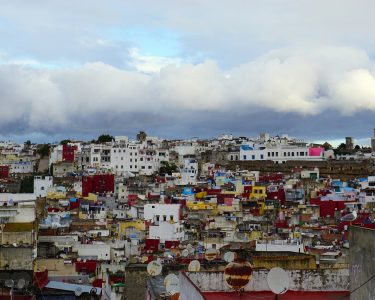Nestled in the stunning mountains of northern Morocco lies Chefchaouen, a magical city famous for its mesmerizing blue-painted streets and charming atmosphere. Known as the “Blue City,” Chefchaouen is a must-visit destination for those seeking tranquility, scenic beauty, and a unique cultural experience. Its narrow, labyrinthine streets exude a peaceful ambiance, offering picture-perfect spots at every corner.
In this guide, we’ll explore everything you need to know before visiting Chefchaouen, including must-see sights, how to get there, where to stay, and practical travel tips to help you make the most of your trip to this incredible city.
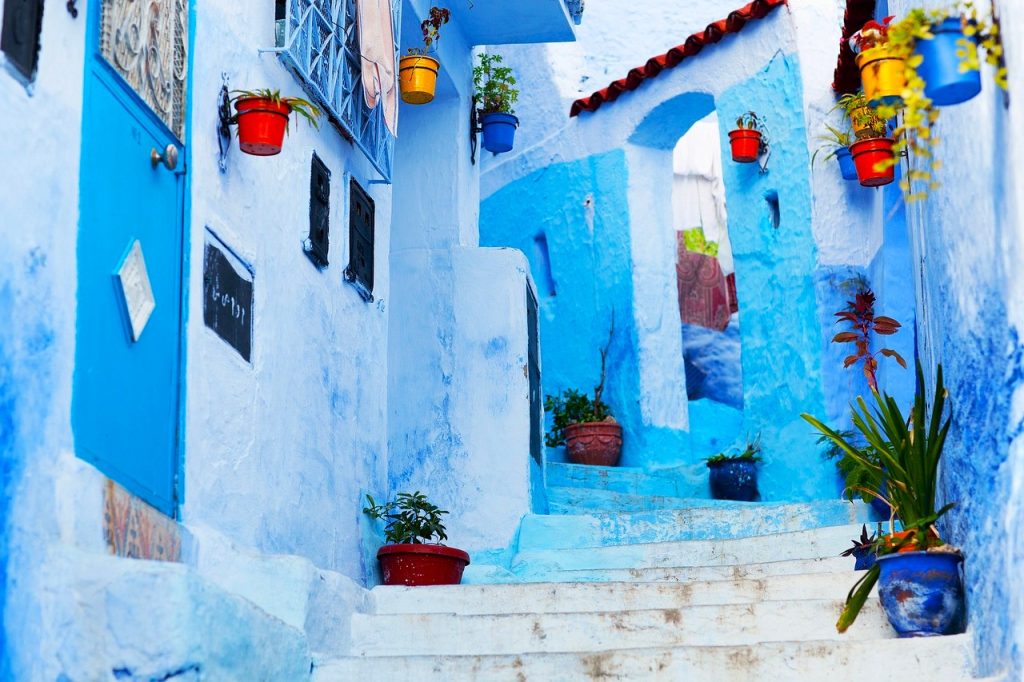
Why Is Chefchaouen Painted Blue?
One of the first things that will strike you upon arriving in Chefchaouen is its striking blue buildings. The city is often referred to as the “Blue Pearl of Morocco” due to its vibrant hues, but why is everything painted blue? There are several theories:
- Jewish Cultural Significance
One popular explanation is rooted in Jewish culture. Blue represents the sky in Jewish tradition, reminding people of heaven and God. When Jews fled to Chefchaouen during the Spanish Inquisition, they painted the walls blue as part of their religious and cultural customs.
- Cooling Effect
Another local belief is that the blue color helps keep the buildings cool during the hot summer months. Given Chefchaouen’s location in the Rif Mountains, temperatures can soar in the summer, and the blue may help reflect heat.
- Water Symbolism
The blue is also said to represent water, either symbolizing the nearby Mediterranean Sea or the Ras el-Maa Waterfall, which provides drinking water to the city’s inhabitants.
- Social Media and Tourism
With the rise of social media, Chefchaouen’s blue streets have become iconic, attracting tourists from around the world. The beautiful blue backdrop has become a major draw for influencers and photographers, leading the city’s residents to continue painting everything blue to boost tourism.
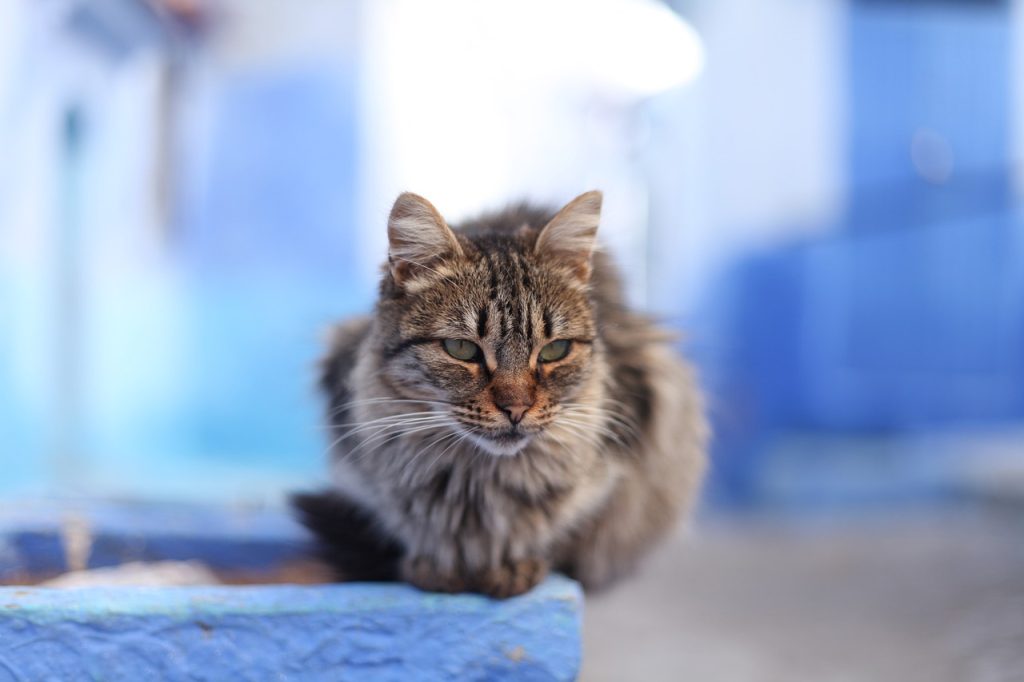
Top Things to Do in Chefchaouen
While Chefchaouen is a relatively small city, there’s plenty to see and do. It’s worth staying for at least two days to fully immerse yourself in the laid-back atmosphere of this mountain town. Here are the top attractions and activities you shouldn’t miss.
- Explore the Chefchaouen Medina
The medina (old town) is the heart of Chefchaouen and is famous for its dazzling blue streets and buildings. Wander through the narrow alleyways and take in the beautiful architecture, colorful doorways, and vibrant street markets. The relaxed vibe here is a refreshing change from the bustling souks of larger Moroccan cities. As you explore, be sure to stop for photos—there’s no shortage of Instagram-worthy spots!
Tip: Vendors in Chefchaouen’s medina tend to be less aggressive than in other cities, making shopping for local crafts and souvenirs a more enjoyable experience.
- Visit the Kasbah and Ethnographic Museum
Located in the main square, Plaza Uta El-Hammam, the Kasbah is a fortress built in 1471. It features Andalusian-style architecture, with crenelated walls, a watchtower, and a small ethnographic museum. Climb to the top of the watchtower for stunning panoramic views of the surrounding countryside. Inside the Kasbah, you’ll also find beautiful gardens where you can relax.
- Hike to the Bouzafar Mosque for Sunset
For one of the best views of Chefchaouen, take a short hike up the hill to the Bouzafar Mosque. Though the mosque itself is no longer in use, it’s a popular spot for tourists to watch the sunset. From here, you’ll get a breathtaking view of the blue city set against the backdrop of the Rif Mountains.
Pro Tip: Arrive early to secure a good spot, as it can get crowded at sunset. Alternatively, find a quieter spot further down the hill for a more peaceful experience.
- Relax in Plaza Uta El-Hammam
The bustling Plaza Uta El-Hammam is the central square of Chefchaouen and is surrounded by restaurants and cafes. It’s the perfect place to relax, enjoy a cup of Moroccan mint tea, and watch the world go by. The square is also home to the Grand Mosque, which is still in use, though it is not open to non-Muslims.

How to Get to Chefchaouen
Chefchaouen is relatively remote, but it’s accessible from several major cities in northern Morocco.
- From Tangier
Tangier is the closest major city to Chefchaouen, and it’s well-connected by both bus and private transport. CTM buses run several times a day, with a travel time of about 2.5 hours. You can also take a private taxi or rent a car for a more flexible journey.
- From Fes
Fes, home to Morocco’s largest medina, is a popular starting point for travelers heading to Chefchaouen. The journey takes about 4.5 hours by CTM bus, but the mountainous terrain can make the ride a bit challenging if you’re prone to motion sickness. Renting a car and self-driving is another option, allowing you to stop along the way and explore scenic viewpoints, such as the ancient Roman ruins of Volubilis.
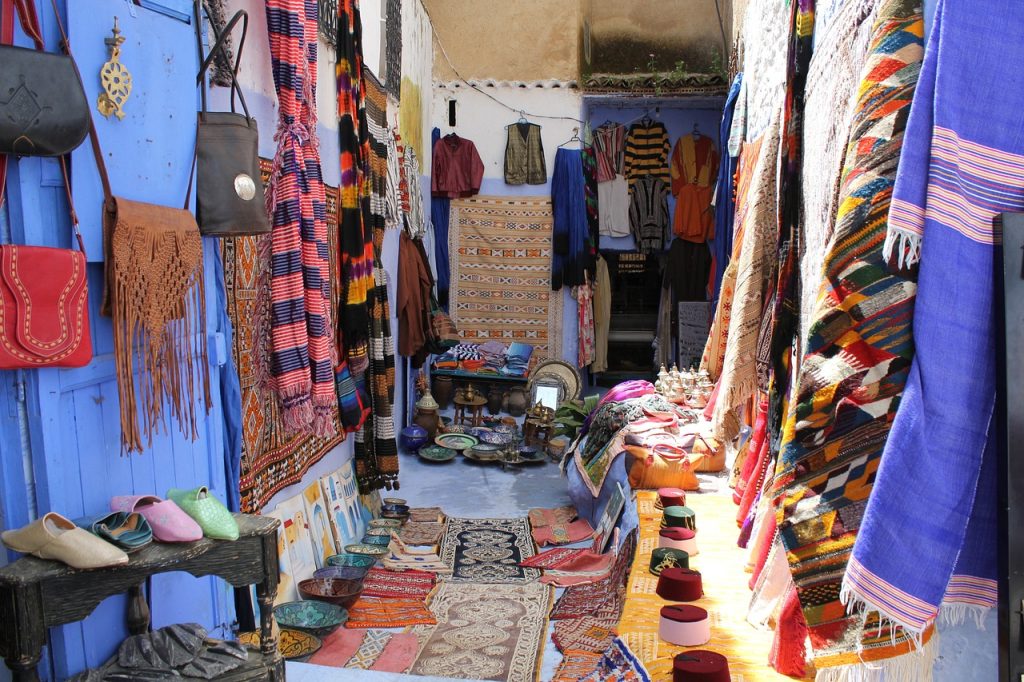
Best Time to Visit Chefchaouen
Spring (March-May) and Fall (September-November)
The ideal time to visit Chefchaouen is during the spring and fall months, when temperatures are mild and the weather is perfect for exploring the city’s streets or hiking in the nearby mountains. Daytime temperatures range from 60°F to 80°F (15°C to 28°C), making outdoor activities enjoyable.
Summer (June-August)
While summer brings higher temperatures and larger crowds, Chefchaouen’s mountain location keeps it slightly cooler than other parts of Morocco. However, the influx of tourists during this time can make the city feel crowded.
Winter (December-February)
Winter in Chefchaouen is cooler, with temperatures ranging from 40°F to 60°F (4°C to 18°C). If you don’t mind cooler weather and want to avoid the crowds, winter can be a peaceful time to visit. Plus, the snow-covered peaks of the Rif Mountains provide a stunning backdrop.
Travel Tips for Visiting Chefchaouen
- Carry Cash: While some larger establishments accept credit cards, many local shops and cafes only accept cash. The local currency is the Moroccan Dirham (MAD).
- Stay Hydrated: Avoid drinking tap water, as it has a high mineral content. Stick to bottled water, which is readily available.
- Dress Appropriately: Chefchaouen is a conservative town, so dress modestly, especially when visiting religious sites.
- Best Time to Visit: For pleasant weather and fewer crowds, visit between October and April.
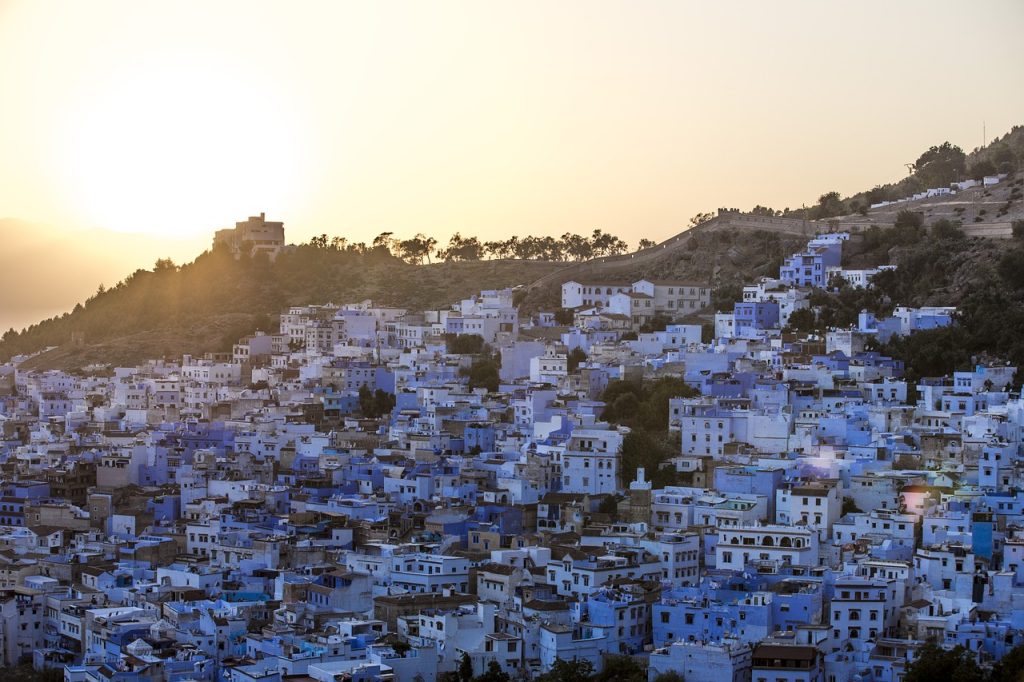
Frequently Asked Questions About Chefchaouen
- What currency is used in Chefchaouen?
The local currency is the Moroccan Dirham (MAD).
- How many days do I need to see Chefchaouen?
One day is enough to explore the main attractions, but staying two nights allows you to fully experience the charm of the city.
- Can I drink tap water in Chefchaouen?
It’s best to avoid tap water due to its high mineral content. Stick to bottled water.
- What is the best way to get to Chefchaouen?
You can reach Chefchaouen by bus, taxi, or private transfer from cities like Fes, Tangier, or Tetouan.
Chefchaouen’s blue-painted streets, tranquil medina, and stunning mountain scenery make it one of Morocco’s most enchanting destinations. Whether you’re drawn to its unique architecture, eager to hike the Rif Mountains, or simply looking to relax in a serene setting, Chefchaouen has something for everyone.
